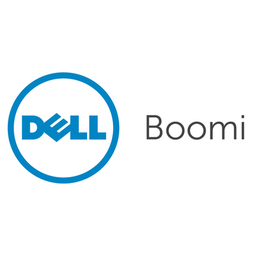下载PDF
Cloud Approach Increases Productivity, Lowers TCO

技术
- 平台即服务 (PaaS) - 数据管理平台
适用行业
- 电子产品
挑战
瑞萨电子美国公司 (REA) 的本地传统集成系统需要由现场专家手动进行自定义编码,成本高昂且复杂。 REA 需要更换现有系统。此外,由于搬迁,REA 想将数据中心迁移到云端。
客户
瑞萨电子美国 (REA)
关于客户
瑞萨电子美国公司 (REA) 是瑞萨电子公司的全资子公司,瑞萨电子公司是全球最大的微控制器制造商和第二大应用处理器制造商。
解决方案
Dell Boomi AtomSphere 提供了基于云的解决方案,其成本仅为公司之前遗留系统的一小部分,还帮助 REA 提高了敏捷性。 REA 使用 Dell Boomi AtomSphere 集成平台即服务 (iPaaS) 将每天从其美国 HRIS 系统到日本的数据集成到 SAP 系统和全球目录管理系统中。
运营影响
数量效益
相关案例.

Case Study
Remote Temperature Monitoring of Perishable Goods Saves Money
RMONI was facing temperature monitoring challenges in a cold chain business. A cold chain must be established and maintained to ensure goods have been properly refrigerated during every step of the process, making temperature monitoring a critical business function. Manual registration practice can be very costly, labor intensive and prone to mistakes.

Case Study
Cloud Solution for Energy Management Platform-Schneider Electric
Schneider Electric required a cloud solution for its energy management platform to manage high computational operations, which were essential for catering to client requirements. As the business involves storage and analysis of huge amounts of data, the company also needed a convenient and scalable storage solution to facilitate operations efficiently.

Case Study
Leveraging the IoT to Gain a Competitive Edge in International Competition
Many large manufacturers in and outside Japan are competing for larger market share in the same space, expecting a growing demand for projectors in the areas of entertainment, which requires glamor and strong visual performance as well as digital signage that can attract people’s attention. “It is becoming more and more difficult to differentiate ourselves with stand-alone hardware products,” says Kazuyuki Kitagawa, Director of Service & Support at Panasonic AVC Networks. “In order for Panasonic to grow market share and overall business, it is essential for us to develop solutions that deliver significant added value.” Panasonic believes projection failure and quality deterioration should never happen. This is what and has driven them to make their projectors IoT-enabled. More specifically, Panasonic has developed a system that collects data from projectors, visualizes detailed operational statuses, and predicts issues and address them before failure occurs. Their projectors are embedded with a variety of sensors that measure power supply, voltage, video input/ output signals, intake/exhaust air temperatures, cooling fan operations, and light bulb operating time. These sensors have been used to make the projector more intelligent, automatically suspending operation when the temperature rises excessively, and automatically switching light bulbs. Although this was a great first step, Panasonic projectors were still not equipped with any capability to send the data over a network.








